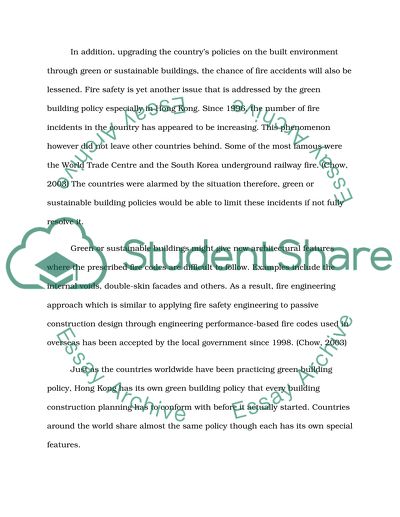Cite this document
(“Green Building Policy Essay Example | Topics and Well Written Essays - 5750 words”, n.d.)
Green Building Policy Essay Example | Topics and Well Written Essays - 5750 words. Retrieved from https://studentshare.org/technology/1530180-green-building-policy
Green Building Policy Essay Example | Topics and Well Written Essays - 5750 words. Retrieved from https://studentshare.org/technology/1530180-green-building-policy
(Green Building Policy Essay Example | Topics and Well Written Essays - 5750 Words)
Green Building Policy Essay Example | Topics and Well Written Essays - 5750 Words. https://studentshare.org/technology/1530180-green-building-policy.
Green Building Policy Essay Example | Topics and Well Written Essays - 5750 Words. https://studentshare.org/technology/1530180-green-building-policy.
“Green Building Policy Essay Example | Topics and Well Written Essays - 5750 Words”, n.d. https://studentshare.org/technology/1530180-green-building-policy.


